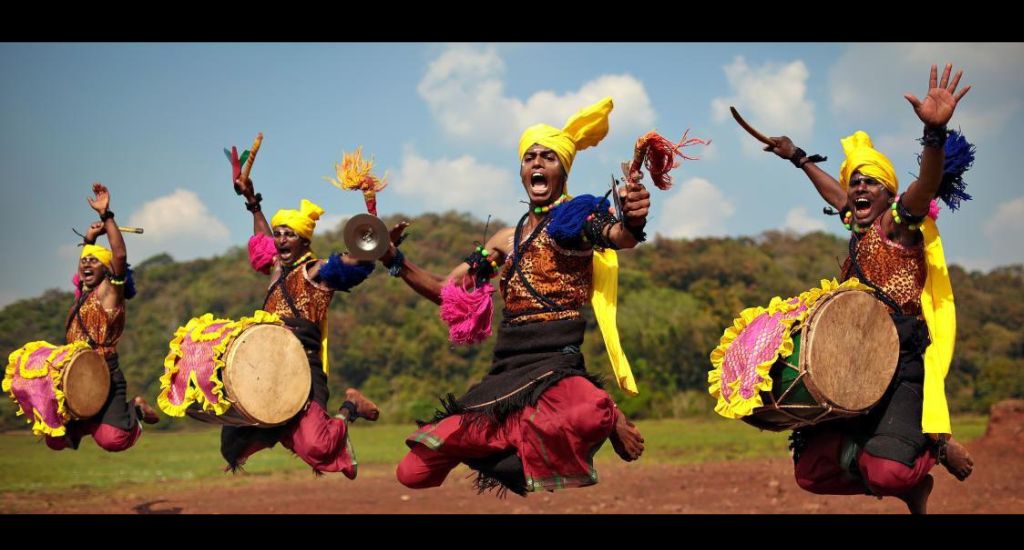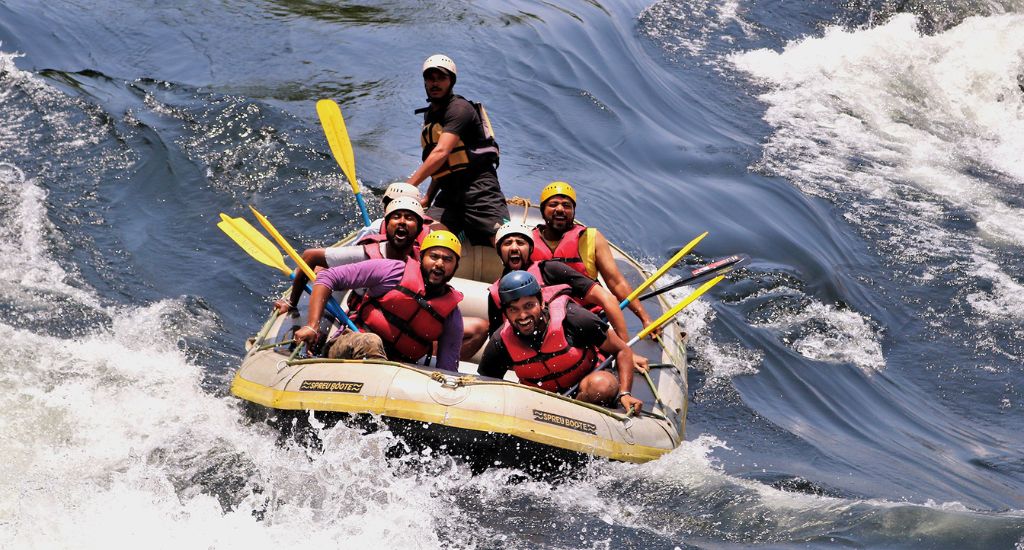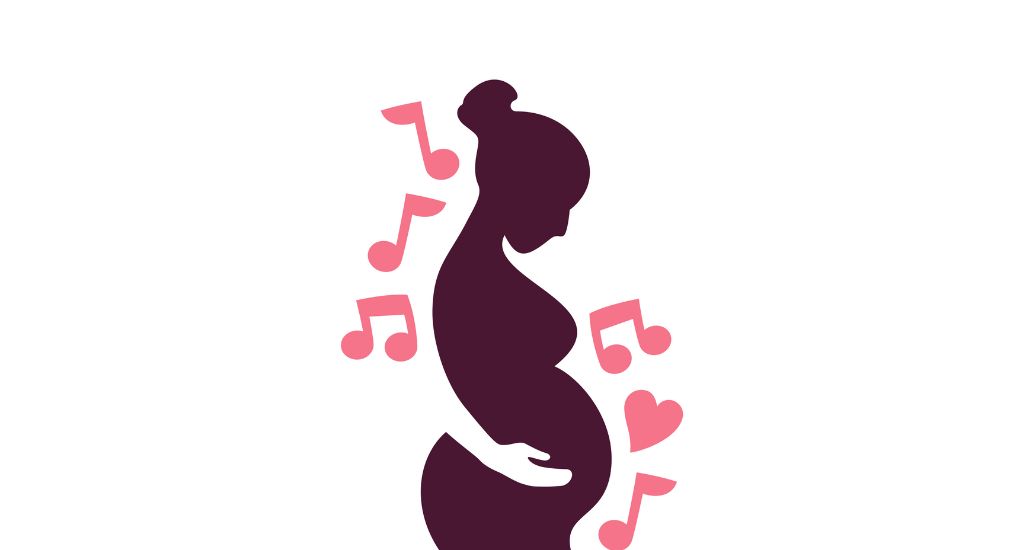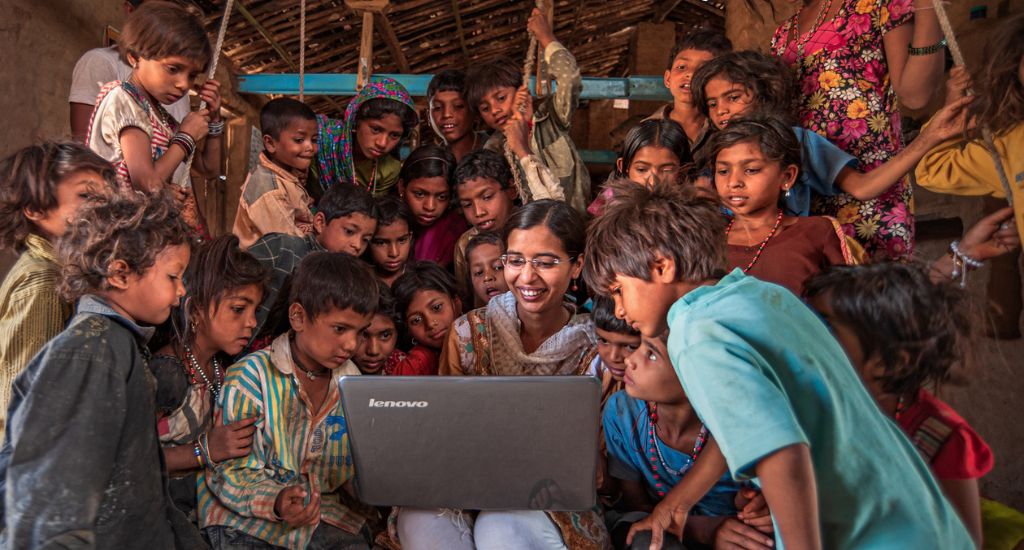What’s common between kaksar, gotipua, hojagiri and dollu kunitha? They are all Indian folk dances. And yes, unlike popular dance forms such as bhangra, garba and ghoomar, they have remained obscure among most of us outside those regions.
These dance forms have not been discovered by Bollywood yet, but that certainly doesn’t mean they are any less vibrant, energetic, or fun than what the city folk groove to.
Dollu kunitha
It is a traditional dance form of Karnataka performed to the beats of large drums (‘dollu’ in Kannada). Men hang the large percussion instruments around their necks and swing energetically to songs depicting religious devotion and valour. Dollu kunitha is associated with the worship of Sree Beeralingeshwara who is considered a form of Lord Shiva. It is traditionally a part of the rituals observed by the Kuruba Gowda community of North Karnataka. Both men and women can be part of the 10-12 member dance group (Photo from Wikimedia)
Gotipua
Considered the precursor of the Odissi classical dance, Gotipua has been performed for centuries by young boys in Odisha. The male dancers (‘goti’ means single and ‘pua’ is a boy in Odia) dress up as women, wearing bright saris and makeup, and sing songs devoted to Krishna and Radha. Acrobatics form an important part of the dance style, with the dancers forming human pyramids and performing other complicated movements. Renowned artistes such as Pankaj Charan Das and Kelucharan Mohapatra have performed as Gotipua dancers (Photo from Wikimedia)
Cham
It’s a ritual dance performed by monks in several Buddhist monasteries of Ladakh. They wear elaborate masks and flowy brocade costumes, and dance during special religious occasions carrying various symbolic objects in hand. Since it carries religious significance, only lamas can perform this dance. They chant mantras and move to the sounds of traditional instruments like drums, cymbals, blow horns and trumpets. Through their movements, the monks preach Buddhist teachings and also pray for universal peace and happiness (Photo from Wikimedia)
Hojagiri
This dance is performed by members of the Reang tribe in Tripura during the two-day Hojagiri festival celebrated after Dussehra around October. The festival is observed to worship Goddess Mailuma (Lakshmi). The folk dance is performed by women and young girls, who balance a pot, bottle, or an earthen lamp on their head and move only their lower body to the musical notes produced by instruments such as the bamboo flute, cymbals and the khamb (drum). They ensure that the props on their heads don’t fall. Men sing or play the instruments (Photo from Flickr)
Kaksar
Popular among the Abhujmaria tribe of Bastar in Chhattisgarh, Kaksar is performed to wish for a rich harvest. Young boys and girls dance to the sound of drums and bells (ghungroo) to invoke the Kaksar deity. While the young men wear a waistband carrying bells, the girls thump on the ground iron rods at the top of which the metal bells are fastened. The dancers form separate semi-circles and move in circles. According to tradition, the dancers choose their life partners during the dance (Photo from Flickr)
Fugdi
A fun-filled dance performed by women in Maharashtra and Goa in the Konkan region. The women get together during Hindu religious festivals like Ganesh Chaturthi and Lakshmi Vrata. They sing while swinging their hands or clapping and moving in circles or columns. The songs involve invoking the deities for a happy and comfortable life. The dance begins with slow rhythmic steps and gathers momentum gradually, with the performers moving at a frenetic pace toward the end (Photo from Wikimedia)
Nati
The Nati dance is performed in the Himalayan states of Himachal Pradesh and Uttarakhand. There are different forms of this folk dance, with variations seen according to the region it is native to, such as Sirmauri Nati, Kinnauri Nati and Jaunpuri Nati. It is a group dance performed by both men and women. The musical instruments used are the flute, percussion drums like dhol and damru, and shehnai. The dance mostly revolves around Hindu religious themes (Photo from Wikimedia)
The lead image at the top shows from right Dollu kunitha, Nati and Cham dance forms.









